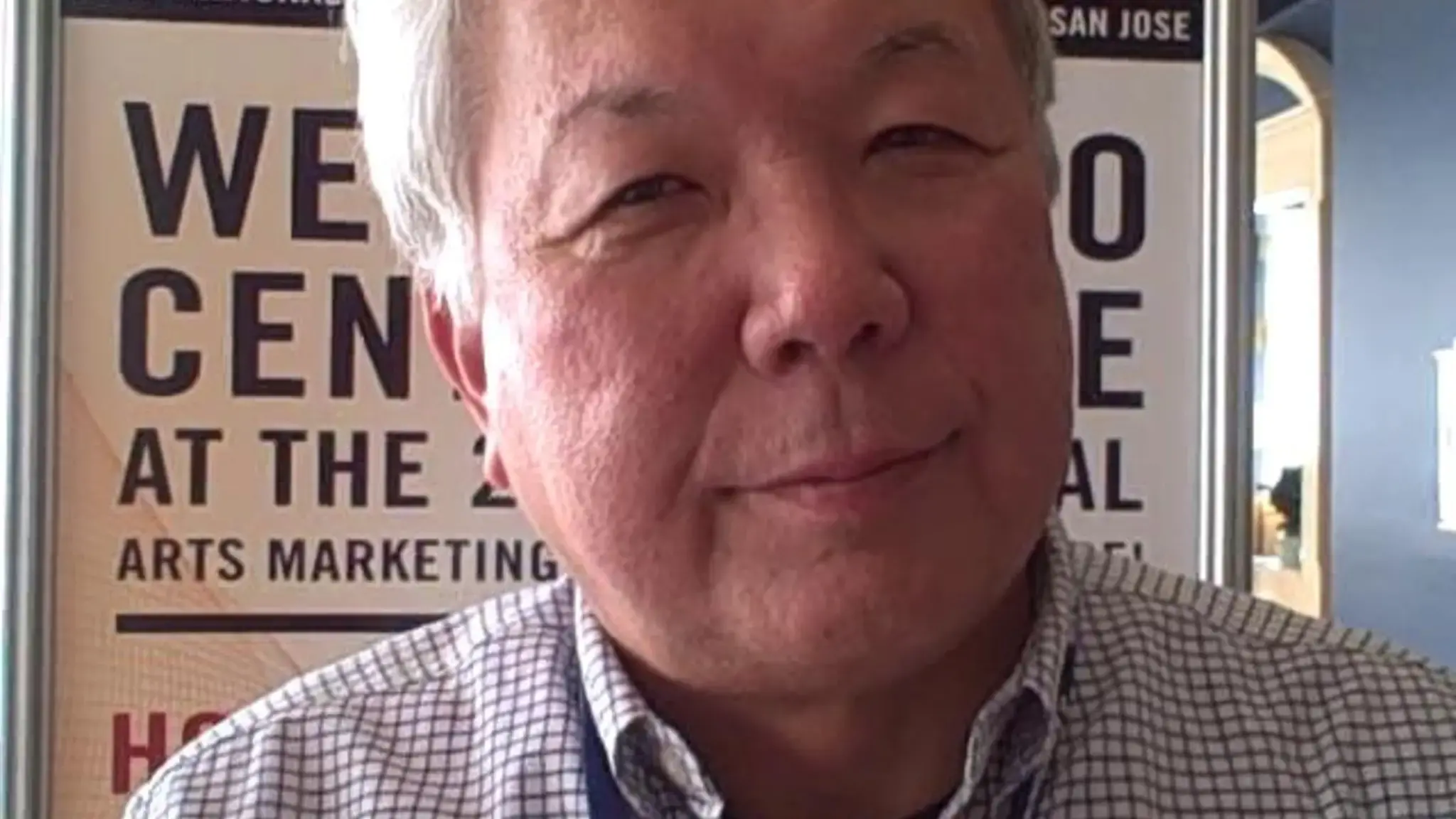

This is the sixth entry in Act I of Push Me, Pull You, the Center’s series on (co-)authorship. For a full list of posts in this series, visit the main Push Me, Pull You page.
Research demonstrates that many Americans define cultural engagement through personal creation. According to the “Beyond Attendance: A Multi-Modal Understanding of Arts Participation” study by the National Endowment for the Arts, of the 74% of adults who reported participating in the arts, approximately 40% are singing, dancing, painting, and creating videos and music; however, only 17% of those art makers are attending performances and exhibitions at theaters, concert halls, and museums. In addition, the Greater Philadelphia Cultural Alliance’s 2010 Cultural Engagement Index, funded by The Pew Charitable Trusts and the William Penn Foundation, showed an increased importance placed upon personal artistic practice. Such findings have cultural organizations reconsidering how they engage with their communities and potential audiences.
Last year, Arts Orange County commissioned “Professional–Amateur Engagement: A Balancing Act in Arts Organizations,” which studied the public’s growing desire for active participation with the arts. The research determined the Pro-Am concept as a possible tool for audience engagement with professional arts organizations. One model of the Pro-Am concept is side-by-side performances that include professionals and amateurs co-authoring art together. The Pew Center for Arts & Heritage supported two such models. Merián Soto invited members of the community to participate in meditative movement with professional dancers in her performances of SoMos, in the hopes of achieving heightened consciousness for all. The Mendelssohn Club, a leader in the field of Pro-Am arts participation, is working with composer Julia Wolfe to create an audience-focused work with a “campfire” atmosphere that will involve the community in co-authorship.
We invited Jerry Yoshitomi, chief knowledge officer of MeaningMatters, LLC to respond to a few questions around this subject matter.
We are now seeing co-authorship between artists and audiences, including Pro-Am (or formal/informal) programs in which artists with diverse skills create art together. Can this be done while maintaining standards or is this even an issue when utilizing this method as a means of connecting with new audiences?
Are those producing work for museums, theaters, and concert halls honoring and respectful of the growing interest in community produced and popular art forms and, if so, how are they co-authoring relationships that reflect this?